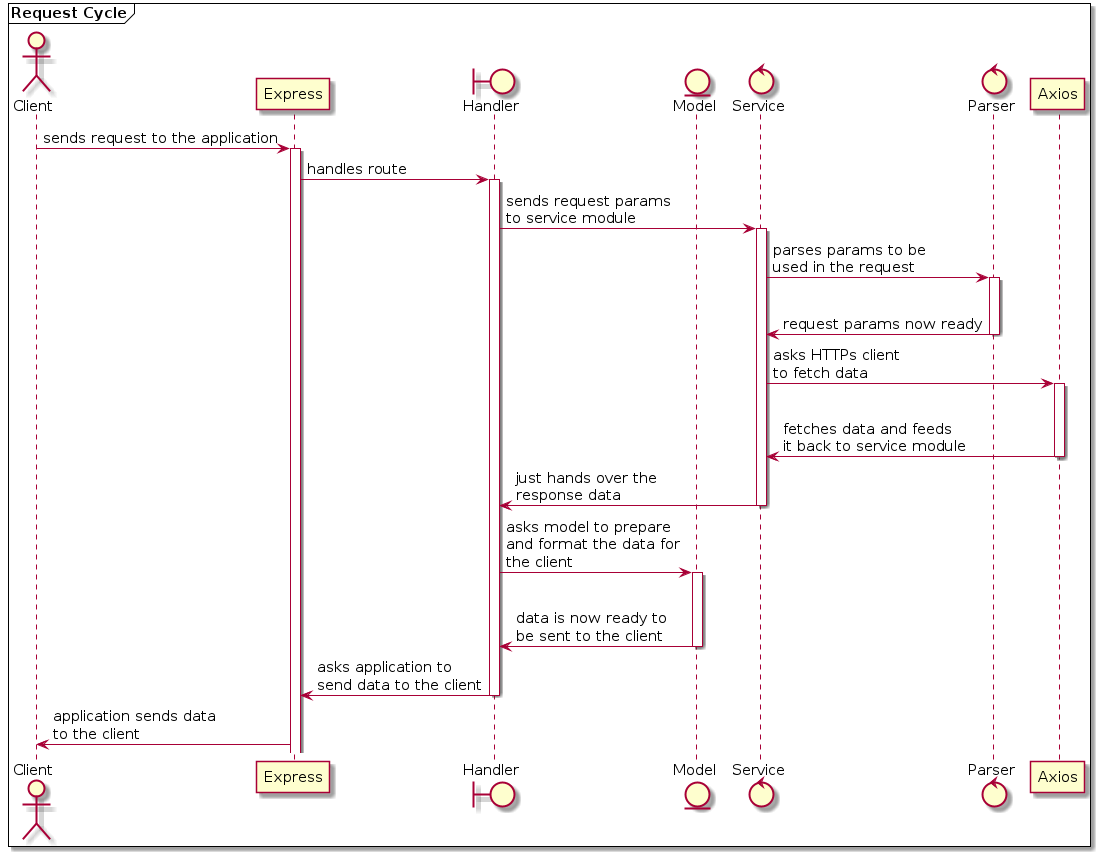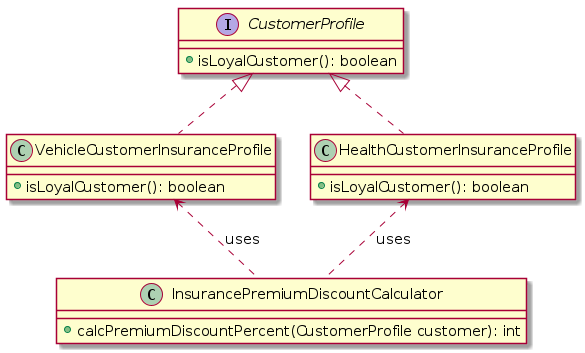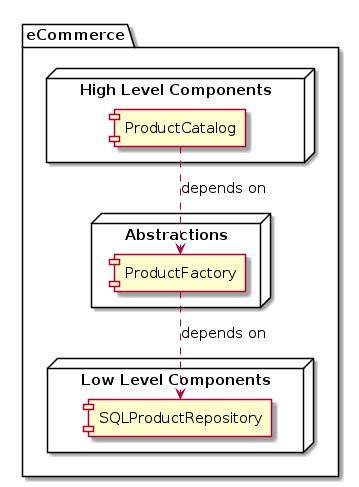PlantUML on Sphinx/Read The Docs¶
Motivation¶
We want to use PlantUML to add diagrams (using the concept as Diagrams as Code, just like we have Infrastructure as Code, etc.). That is, we use some markup language specific to write diagrams (PlantUML), and have their result embedded in our web pages just like these:


Check out a few more diagrams on our SOLID Principle pages.
Getting Started¶
We’ll need:
Sphinx, the documentation generator which allows writing in both reStructuredText and Markdown.
PlantUML to generate diagrams of any kind.
sphinx-contrib/plantuml to allow embedding diagrams into the output content during build.
PlantUML Sphinx Contrib¶
Add something like this to your ./docs/requirements.txt:
sphinxcontrib-plantuml==0.25
The file should look like this:
##
# https://myst-parser.readthedocs.io/en/latest/index.html
#
myst-parser==2.0.0
##
# https://github.com/pradyunsg/furo
#
furo==2023.5.20
##
# https://github.com/sphinx-contrib/plantuml
#
sphinxcontrib-plantuml==0.25
Extensions on conf.py¶
Enable myst_parser and plantuml Sphinx extensions:
extensions = [
##
# https://www.sphinx-doc.org/en/master/usage/markdown.html
#
'myst_parser',
##
# https://github.com/sphinx-contrib/plantuml
#
'sphinxcontrib.plantuml',
]
Enable the colon_fence and attrs_block myst parser extensions in ./docs/conf.py:
myst_enable_extensions = [
'colon_fence',
'attrs_block',
# ... other extensions
]
Take a look at the conf.py config file for this very project for more info.
Read more about myst extensions:
PlantUML package on the container¶
Read The Docs uses (probably Docker) containers to build our docs.
The possible settings for .readthedocs.yaml are mentioned in their docs.
Let’s use one of the allowed values for the OS as per ReadTheDocs configuration schema.
We should have a .readthedocs.yaml that looks like this:
1#
2# https://docs.readthedocs.io/en/stable/config-file/v2.html
3#
4
5version: 2
6
7build:
8 ##
9 # Which OSes are available? See:
10 #
11 # • https://docs.readthedocs.io/en/stable/config-file/v2.html#build-os
12 #
13 os: ubuntu-22.04
14
15 tools:
16 python: "3.11"
17
18 ##
19 # We need this in combination with sphinxcontrib-plantuml (python/pip
20 # dependency)so PlantUML diagrams can be generated and embedded into
21 # the output during build.
22 #
23 apt_packages:
24 - plantuml
25
26##
27# Build documentation in the "docs/" directory with Sphinx
28#
29sphinx:
30 configuration: docs/conf.py
31
32##
33# • https://docs.readthedocs.io/en/stable/guides/reproducible-builds.html
34#
35python:
36 install:
37 - requirements: docs/requirements.txt
Note
As of this writing (Jun 2023), they allow these:
{
"os": {
"title": "Operating System",
"description": "Operating system to be used in the build.",
"enum": [
"ubuntu-20.04",
"ubuntu-22.04"
]
}
}
The docs should have an up to date list, though.
An example diagram¶
So now, to generate and embed the diagram output image into the output HTML, use a syntax like this:
@startuml
skinparam DefaultFontName Source Code Pro
skinparam DefaultFontSize 15
... diagram code ...
@enduml
For example, this code:
@startuml
skinparam DefaultFontName Source Code Pro
skinparam DefaultFontSize 15
skinparam RankSep 50
package "eCommerce" {
node "High Level Components" {
component ProductCatalog
}
node "Abstractions" {
component ProductFactory
}
node "Low Level Components" {
component SQLProductRepository
}
ProductCatalog ..> ProductFactory: depends on
ProductFactory ..> SQLProductRepository: depends on
}
@enduml
…results in this output:

Conclusion¶
At this point, whenever changes are pushed to the repository, a new build will be triggered on ReadTheDocs (depending on your own project settings, of course), and you should have the diagrams built and embedded onto the output web pages.